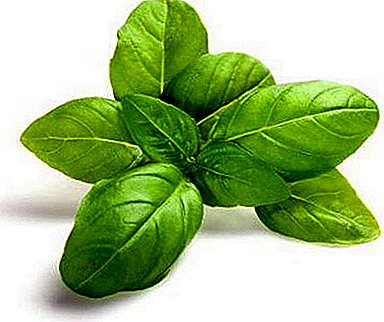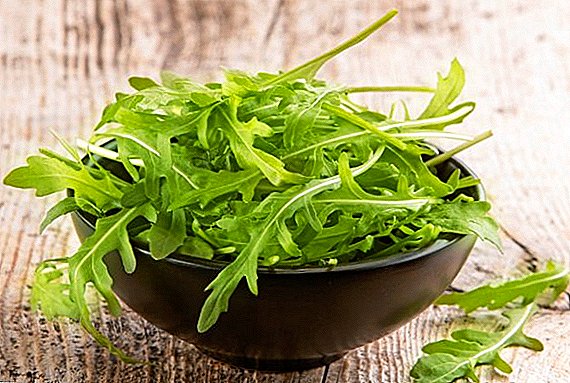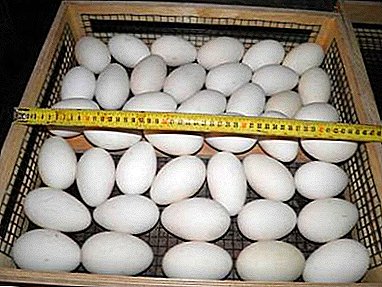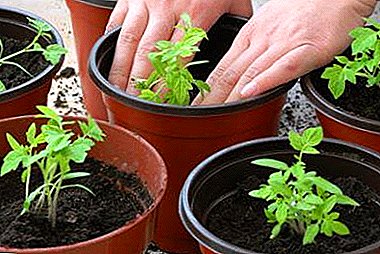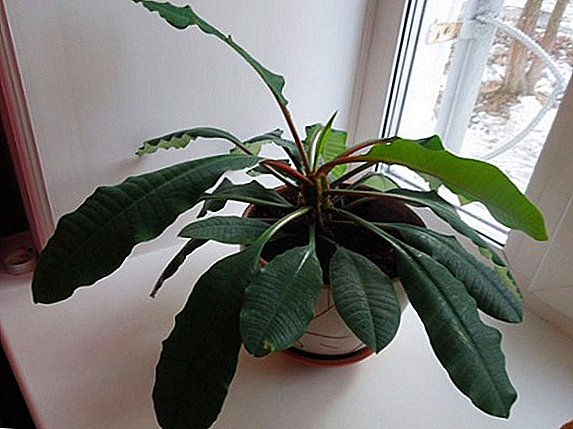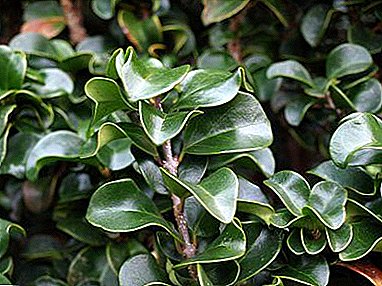
“Poliscias” is a beautiful tree-like plant, on which the appearance of leaves changes in the process of life.
It has been known for a long time, but it is not popular with flower growers because of the need to create the right conditions - otherwise it can shed leaves or even die.
Often used for growing in the style of "bonsai".
General description of the plant
"Poliscias" is a family of ornamental plants of the genus Aralia. Under natural conditions, they can be found in the tropical rainforests of Madagascar, the Pacific Islands and South Asia. The name of the flower comes from the combination of two Greek words - "polys" - a lot and "skias" - a shadow. "Poliscias" gained fame in the 18th century, but due to its capricious temper it is rarely found on window-sills.
Views from the photo
There are up to 80 varieties of "Polyscialis" in the world. All of them may differ from each other in the structure of the leaves, the trunk, and in general the appearance.
Shrub - forms lush trees of numerous shoots. It is the most popular when growing at home. Its leaves can be used for medical purposes or in the form of seasoning for food.

"Fabian" - has leaves of dark green color, rounded shape. The purple hue of the leaf plates gives a special attraction. Trunks - thick, lignified.

"Tupolistny" - grows in the form of a bush with shiny leaves that have 3-5 lobes and a blade edge.

"Paniculate" - small shrub with long leaves (up to 20 cm long), elongated or oval with a sharp end. The subspecies "Variegata" is widespread, with yellow specks on its leaves.

"Bulfur" - low shrub with branches of gray-green color. Leaflets with three large lobes, on the edge of which is a thin white border.

"Fern Leaf" - shrub type plant, which in nature can grow up to 2.5 meters in height. The leaves are long (up to 50 cm), grow densely. The plant is similar to a bouquet of fern leaves.

"Helmet" - unlike all the others, it has other leaves and a thick trunk, from which thin twigs come out. The leaves are variegated, consist of three lobes.

"Guilfeuil" - branching shrub that grows up to 3 meters high. The leaves are large, with white or yellow border.

Home care
The plant is not popular in apartments due to the fact that for normal development it requires special conditions for itself - at least in temperature and humidity.
Actions after purchase
It is best to choose a small plant in the store, up to 30 cm in sizewhich has not yet had time to grow. The optimal time is the beginning of March. It will be able to more easily adapt to new conditions, and with good care, by the beginning of autumn it will grow into a large lush bush.
A transplant of a purchased plant is performed in 1-2 weeks.
Attention! The roots of "Poliscias" are usually additionally covered with a special basket, which is then placed in the ground. If you do not transplant and do not remove it - the root system may die.
The pot is chosen the same as the transport, or a little more. You can not immediately plant in a large container - the root system of the plant develops poorly and can rot.
Pruning
 Poliscias easily tolerates pruning, so it is often chosen for growing bonsai. This is best done in early spring.
Poliscias easily tolerates pruning, so it is often chosen for growing bonsai. This is best done in early spring.
To ensure bushiness, you can periodically pinch the tops of the escape.
When shaping the tree, it is necessary to carefully cut the lower small processes, thereby exposing part of the trunk.
Watering
For the plant are not allowed as the Gulf, and drying of the earthy coma. It is best to constantly keep the soil slightly wet. To this end, in the summer “Poliscias” is plentifully watered about once a week. In winter, when the flower has a rest period, watering can be limited so that the soil dries out a little between the procedures.
Landing and ground
Reference! The most optimal for the development of the Poliscias plant is planting a cutting - then the flower will immediately be in the conditions where it will grow.
"Poliscias" is not important soil composition. It can be a light soil with acidity from normal to slightly acidic. You can buy universal land in a flower shop, and then add a little baking powder to it.
For personal preparation you need to take in the same parts sod, humus, leaf, peat ground and sand. From the above recipe, you can easily remove any component except sand.
Transfer
The size of the pot depends on the size of the pot. However, in order to obtain a large specimen, it is impossible to drastically increase the volume of the container - otherwise rotting of the roots, which develop slowly, may occur.
Young trees are transplanted every year, adults - when it is required to stimulate further growth. The pot is selected with holes, a thick layer of expanded clay drainage or broken bricks is necessarily poured to the bottom.
Growing from seed
 Seeds are purchased in special stores. Sowing is carried out at a temperature of + 19-25 degrees in a container with nutrient composition.
Seeds are purchased in special stores. Sowing is carried out at a temperature of + 19-25 degrees in a container with nutrient composition.
Seeds are scattered on the surface of the soil and sprinkled a little on top. The container is covered with a film or glass and transferred to a dark place.
When shoots appear, the glass is removed, and the container is rearranged to the source of ambient light. Planting in separate pots is made as the seedlings grow.
Breeding
The main type of reproduction - cuttings that can be cut as from the tops, and from the thick part of the trunk.
The optimal process length is 15 cm. After removing the last leaves, stick the stalk into a container with peat or wet sand and cover with glass or plastic wrap.
The temperature of the room should not be below +25 degrees, you can use the lower heating of the soil. To speed up root formation, the lower part is processed by phytostimulants.
Temperature
During the spring and summer, it is desirable to provide for the "Poliscias" the temperature in the room is about +20 degrees. In case of its growth, it is necessary to increase the humidity of the air.
Reference! In winter, the temperature should be within + 17-20 degrees. The flower should be placed away from radiators and drafts.
Lighting
Bright diffused light is needed, for which the pot is placed on the western or eastern window. Can adapt to the penumbra. Polyscias species with variegated leaves require constant bright light, but with protection from direct rays.
Benefit and harm
Important! Poliscias is a poisonous plant. Getting juice on open skin can cause irritation or even minor burns.
It is recommended to carry out all operations with a flower in gloves., and at the end - wash hands thoroughly with soap.
Diseases and pests
 At the slightest dissatisfaction with the surrounding conditions, Poliscias sheds leaves. This is usually due to:
At the slightest dissatisfaction with the surrounding conditions, Poliscias sheds leaves. This is usually due to:
- Low humidity;
- Irregular irrigation;
- Hitting a draft.
From pests, the flower can be infected with aphids and a shield.
When aphids appear on the plant, a swarm of small flies appear, which quickly spread throughout its height.
On the damaged areas there may be a sticky liquid, which serves as a medium for the formation of soot fungus.
Important! To combat the pest, you need to isolate the diseased plant, and then regularly spray with special insecticides.
A sign of the appearance of scythes is the appearance on the leaves and shoots of convex red "bubbles". These are the protective shells of insects.
To combat it, you need to gently wash the plant with a soft brush and soap solution for mechanical removal of the pest. If necessary, you can then process the chemicals.
Poliscias is a small tree plant. It is not very common in apartments due to the demands of care - temperature, watering, and air humidity. It can be propagated by cuttings cut from the trunk or tops. Care should be taken when working with a plant, since all its parts are poisonous.



